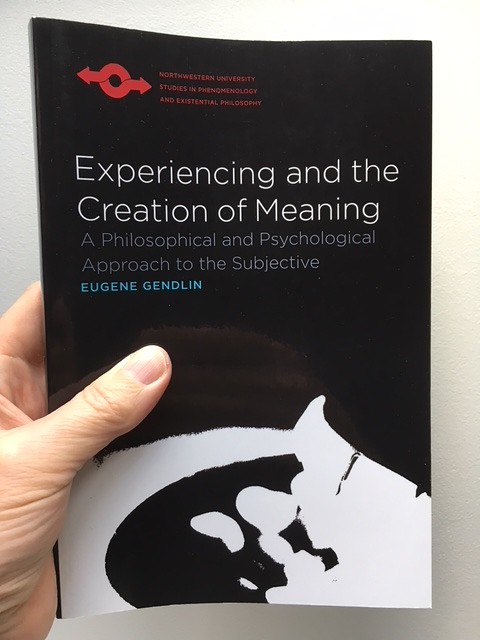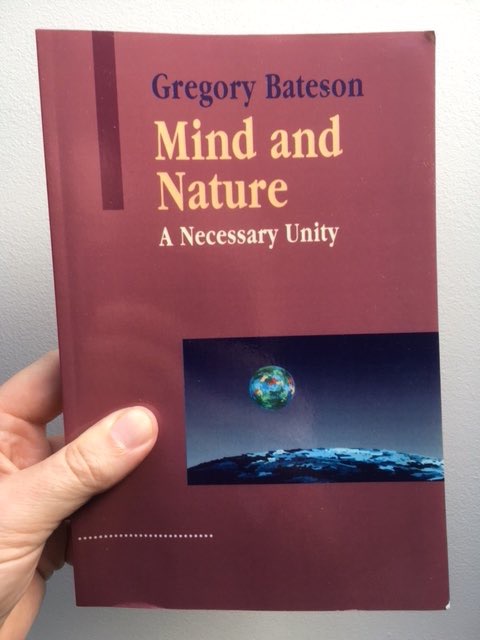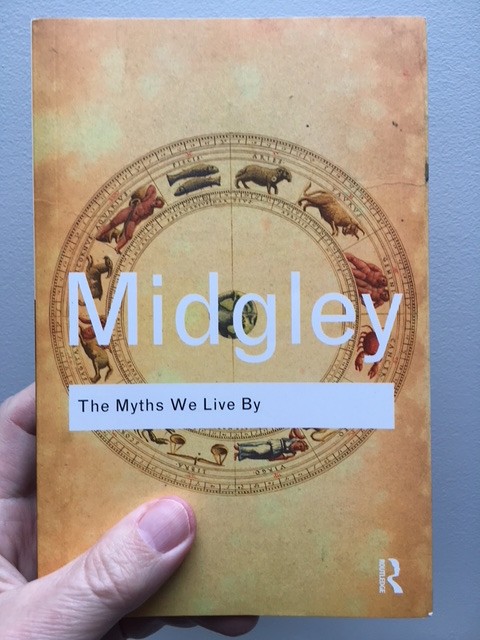This is a post in my series on organizing ”between and beyond.” Other posts are here. This is a retrospective of what has happened during the week. The purpose is to reflect on the work itself. Here is my previous retrospective. Here is my next retrospective.
What has happened? What needs to be done?
I am still working on my review of Eugene Gendlin’s Experiencing and the Creation of Meaning: A Philosophical and Psychological Approach to the Subjective. This is a philosophical work where Gendlin examines the edge of awareness, where language emerges from non-language. This is a groundbreaking book which addresses pre-conceptual and supra-logical aspects of experiencing and meaning-making.

Gregory Bateson’s Mind and Nature: A Necessary Unity arrived this week. Bateson offers the phrase the pattern which connects as another possible title for the book.1 The book is built on the opinion that we are parts of a living world.2 We have been trained to think of patterns as something fixed. It is easier and lazier that way, but it is all nonsense. The right way to think about the pattern which connects is to think of it as primarily a dance of interacting parts.3 Logic and quantity turn out to be inappropriate for describing organisms, their interactions, and internal organization. There is no conventional way of explaining or even describing the phenomena of biological organization.4

I have started reading Gregory Bateson’s book and Mary Midgley’s The Myths We Live By. Myths are everywhere. In political thought (theories of human nature and the social contract), in economics (the pursuit of self interest), and in science (the idea of human beings as machines). The great thinkers of the 17th century were obsessed by the ambition to drill all thought into a single formal system. Descartes, Spinoza, and Leibniz, tried to mend the mind/body gap by building abstract systems powered by their models of thought, logic, and mathematics.5 However, conceptual mono-culture cannot work because, in almost all our thought, we are dealing with subject-matters that we need to consider from more than one aspect.6

What was good? What can be improved?
It’s good that I’ve got started with my review of Gendlin’s book, but it’s very difficult to create a concise summary of the book. Gendlin examines a new kind of thinking, which begins in the intricacy of felt meaning. The book is highly relevant to my interest in deeper generative orders for organizing.
Notes:
1 Gregory Bateson, Mind and Nature: A Necessary Unity (Hampton Press, 2002), p.7.
2 Ibid., p.16.
3 Ibid., p.12.
4 Ibid., p.19.
5 Mary Midgley, The Myths We Live By (Routledge, 2011, first published 2004), p.88.
6 Ibid., p.68.
Related posts:
Organizing in between and beyond posts
Leave a Reply
You must be logged in to post a comment.